Highlights:
- Researchers introduce the MME-CoF benchmark for evaluating video-based reasoning capabilities.
- The popular Veo-3 video model is tested across 12 reasoning dimensions, including geometry and temporal logic.
- Findings suggest that while video models excel at local coherence, they struggle with long-horizon reasoning and abstraction.
- The study proposes leveraging video models as visual engines in hybrid reasoning frameworks.
TLDR:
A new study by Ziyu Guo and collaborators introduces the MME-CoF benchmark, evaluating whether modern video generation models like Veo-3 can reason about complex visual scenarios. While showing progress in spatial and temporal coherence, current models still fall short as zero-shot visual reasoners, pointing toward a hybrid approach for future AI reasoning systems.
A groundbreaking paper titled *’Are Video Models Ready as Zero-Shot Reasoners? An Empirical Study with the MME-CoF Benchmark’* explores the untapped reasoning potential of video generation models. Authored by Ziyu Guo, Xinyan Chen, Renrui Zhang, Ruichuan An, Yu Qi, Dongzhi Jiang, Xiangtai Li, Manyuan Zhang, Hongsheng Li, and Pheng-Ann Heng, the research investigates how advanced models, particularly the Veo-3, handle complex reasoning tasks without explicit training—an ability referred to as zero-shot reasoning. With the rising fidelity and temporal consistency of video synthesis systems, these models appear adept at understanding physical dynamics and causality. The authors, however, sought to determine whether such observations truly translate into reasoning competence across diverse scenarios.
The team designed the **MME-CoF (Multi-Modal Evaluation – Chain-of-Frame)** benchmark, a curated dataset aimed at systematically analyzing video models’ reasoning behavior across 12 distinct dimensions. These range from spatial awareness and physical causality to embodied logic and temporal continuity. The MME-CoF benchmark standardizes evaluation through controlled tasks testing spatial coherence, fine-grained grounding, and long-range causal reasoning. Using Veo-3 as the testbed, the study found that while the model could effectively capture short-term dynamics and maintain spatial consistency, it struggled with long-horizon cause-effect relationships and abstract or geometric reasoning tasks. This discovery marks an important step toward understanding how generative models might one day evolve into autonomous reasoning systems.
From a technical standpoint, Veo-3 leverages advanced diffusion-based video generation frameworks that encode rich latent features through reinforcement of inter-frame dependencies. Its neural architecture integrates both spatial and temporal transformers, which help produce fluid, coherent visual transitions over time. However, without dedicated logical modules or language-based symbolic grounding, its inference capabilities remain surface-level. The MME-CoF dataset provides a vital tool for future research, offering a compact yet diverse set of reasoning challenges in video form. Overall, the authors conclude that although current video models cannot yet serve as reliable stand-alone zero-shot reasoners, they hold immense potential when paired with reasoning models such as large language models or multimodal transformers—acting as highly capable visual perception engines.
This study refines our understanding of the intersection between perception and cognition in AI and sets a new direction for integrating visual generation and reasoning systems. As the boundary between generative and analytical models continues to blur, benchmarks like MME-CoF are expected to play a critical role in guiding the next generation of autonomous multimodal intelligence.
Source:
Source:
Guo, Z., Chen, X., Zhang, R., An, R., Qi, Y., Jiang, D., Li, X., Zhang, M., Li, H., & Heng, P.-A. (2025). Are Video Models Ready as Zero-Shot Reasoners? An Empirical Study with the MME-CoF Benchmark. arXiv:2510.26802v1 [cs.CV]. Retrieved from https://arxiv.org/abs/2510.26802
